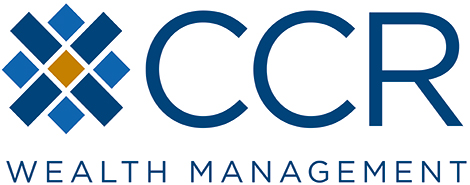2025 Retirement Contribution Limits and Updates
Planning for retirement is a cornerstone of financial wellness. Each year, the Internal Revenue Service adjusts contribution limits for various retirement accounts to reflect inflation and ensure individuals have ample opportunities to save for their future. In 2025, significant changes to contribution limits and income restrictions offer new opportunities for savers, especially for those utilizing 401(k)s, IRAs, and catch-up contributions. Here is a comprehensive guide to these updates.
401(k) Contribution Limits
In 2025, the contribution limit for 401(k) plans has increased, allowing employees to defer up to $23,000 of their salary into their accounts, up from $22,500 in 2024. This adjustment enables individuals to save more for retirement while enjoying the tax advantages that 401(k)s offer.
For employees aged 50 and older, the catch-up contribution limit has also seen an increase. In 2025, eligible participants can contribute an additional $8,000, bringing the total maximum contribution to $31,000. These enhanced limits provide older workers an invaluable opportunity to bolster their retirement savings as they approach their golden years.
IRA Contribution Limits
The contribution limit for Individual Retirement Accounts (IRAs) is $7,000. This applies to both traditional and Roth IRAs. For those aged 50 and above, the catch-up contribution is $1,000, allowing these individuals to contribute up to $8,000 annually to their IRAs.
Income Restrictions for IRAs
While the increased limits are beneficial, income restrictions still play a pivotal role in determining eligibility for IRA contributions, particularly for Roth IRAs and deductible traditional IRAs.
Roth IRA Income Limits
In 2025, the income phase-out ranges for Roth IRA contributions have been adjusted:
- For single filers and heads of household, the phase-out range is $150,000 to $165,000, up from $138,000 to $153,000 in 2024.
- For married couples filing jointly, the phase-out range is $230,000 to $245,000, compared to $218,000 to $233,000 in 2024.
Contributions to a Roth IRA are reduced or eliminated for individuals with incomes above these thresholds.
Traditional IRA Deductibility Limits
If you or your spouse is covered by a workplace retirement plan, your ability to deduct contributions to a traditional IRA depends on your modified adjusted gross income (MAGI). In 2025, the phase-out ranges for deductibility are as follows:
- Single filers: $75,000 to $85,000 (up from $73,000 to $83,000 in 2024).
- Married filing jointly (if the contributor is covered by a workplace plan): $125,000 to $145,000 (up from $116,000 to $136,000 in 2024).
- For a spouse who is not covered by a workplace plan but is married to someone who is, the phase-out range is $208,000 to $228,000, compared to $204,000 to $224,000 in 2024.
Saver’s Credit Income Limits
Low- and moderate-income earners can benefit from the Saver’s Credit, which provides a tax credit for retirement contributions. For 2025, the adjusted gross income (AGI) limits to qualify for the credit are:
- Single filers: Up to $36,000
- Heads of household: Up to $54,000
- Married filing jointly: Up to $72,000
Other Retirement Plans
Contribution limits for other tax-advantaged retirement plans, such as 403(b), 457(b), and the federal Thrift Savings Plan (TSP), also mirror the new 401(k) limits. Additionally, SIMPLE IRA contribution limits have risen to $16,000, with a catch-up contribution of $3,500 for those aged 50 and above.
Key Takeaways for 2025
- Increased Limits: Take full advantage of the higher contribution limits to maximize your tax-deferred or tax-free growth potential.
- Catch-Up Contributions: If you’re 50 or older, prioritize catch-up contributions to boost your savings.
- Understand Income Restrictions: Monitor your income to ensure eligibility for Roth IRAs and deductible traditional IRA contributions.
- Plan Strategically: Review your retirement savings strategy and adjust your contributions to meet the new limits.
By staying informed about these changes, you can make the most of your retirement savings options and secure a financially stable future. Consult your CCR financial advisor to tailor your strategy to your individual needs and circumstances.
Follow us on social media for more timely content delivered directly to your news feed!
